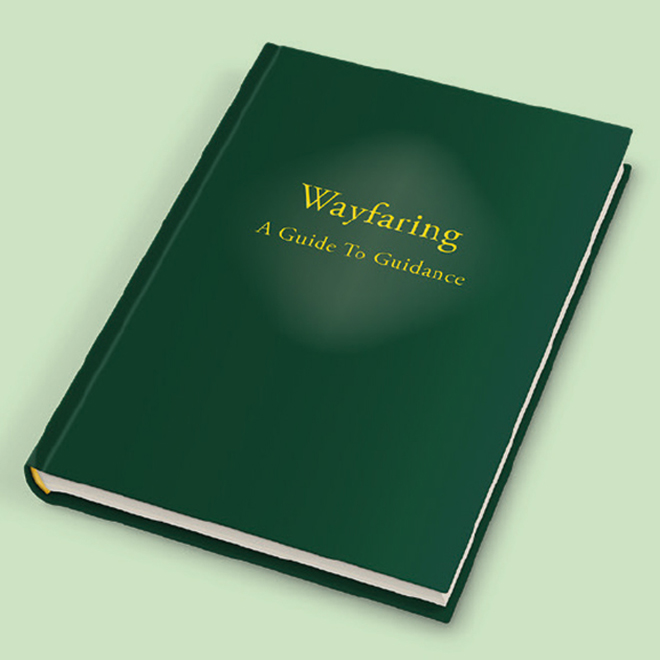Eye - 18 July 2014
From steps towards peace to conscientious objection in schools
Steps towards peace
Friends stepped out with members of other faiths in Hounslow in June.
Bessie White, clerk of Brentford and Isleworth Meeting, explained: ‘The local interfaith group, Hounslow Friends of Faith, organise the Walk of Peace and Friendship each year, choosing a different area.’
This year Corinna Smart, mayor of Hounslow, visited Brentford and Isleworth Meeting House as part of the walk – her first visit to the Meeting.
